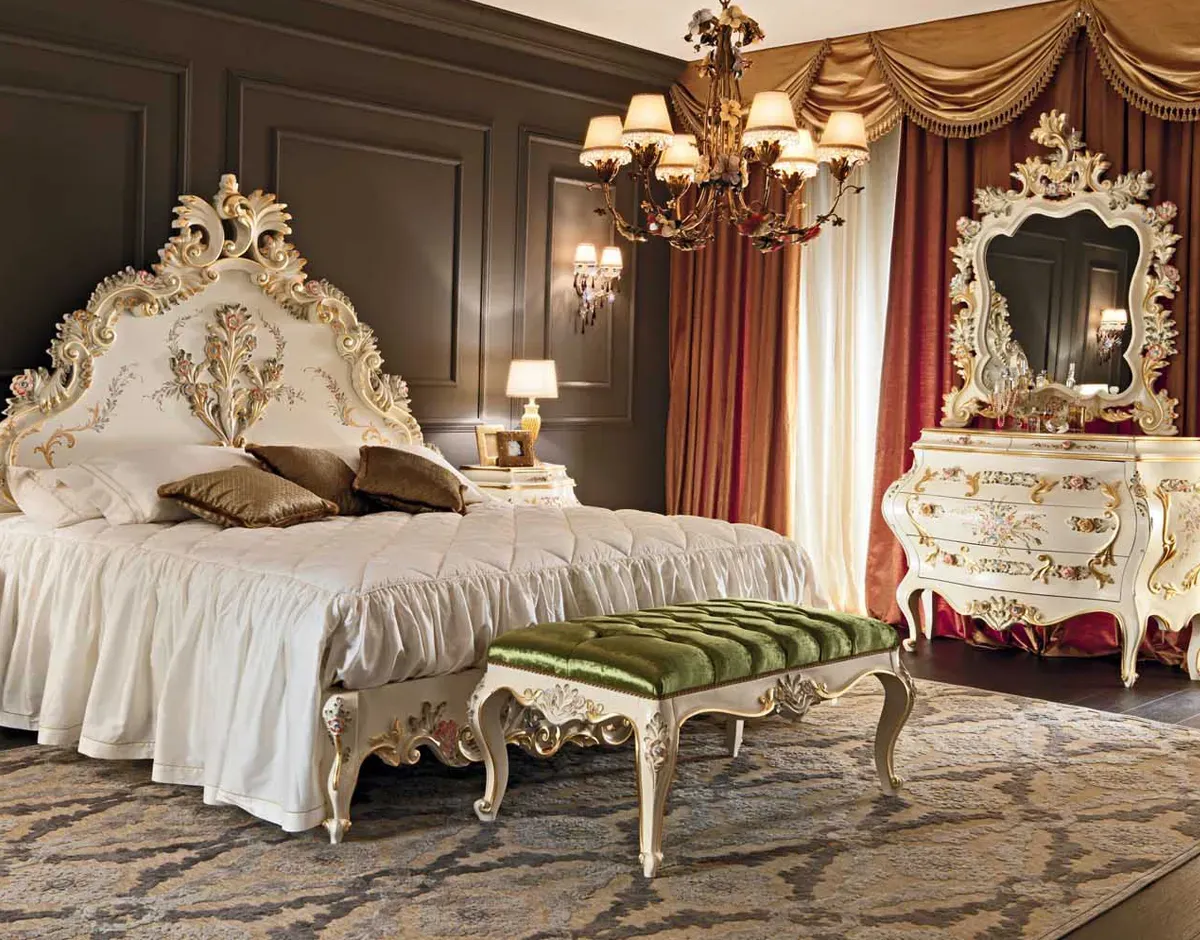Table of Contents
Stepping into a room furnished with victorian bedroom furniture can feel like entering a different era. You might picture grand four-poster beds, heavy velvet drapes, and more carved wood than seems strictly necessary. It’s easy to dismiss it all as fussy, dusty, or simply too much for a modern space. Maybe you've seen a piece at an antique shop and wondered, "Could I actually live with that?" Or perhaps you're already drawn to the drama and history these pieces hold, but aren't sure where to start.
Is Victorian Bedroom Furniture Right for Your Space?
Is Victorian Bedroom Furniture Right for Your Space?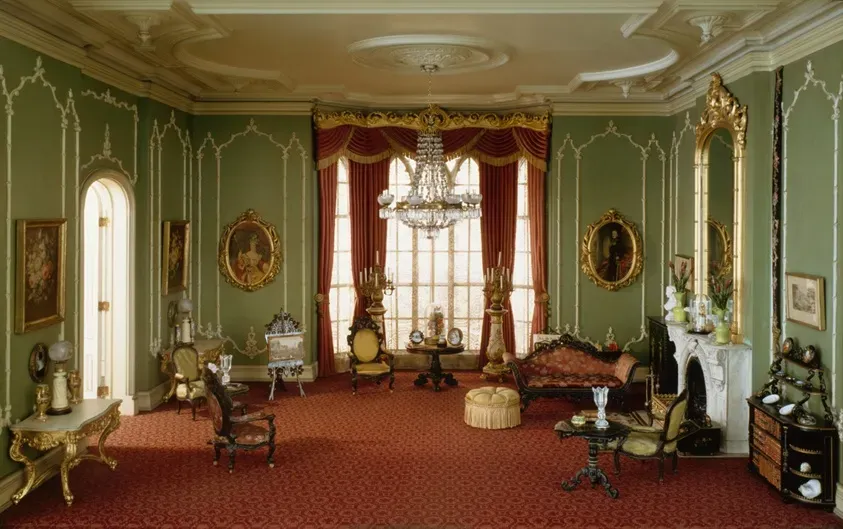
Considering the Scale and Style
Before you fall head over heels for a massive mahogany wardrobe, take a hard look at your bedroom. Victorian bedroom furniture wasn't designed for minimalist city apartments or average suburban homes built in the last fifty years. These pieces are often substantial, commanding attention and requiring significant floor space. A typical Victorian bed, especially a four-poster, can easily dwarf a smaller room, making it feel cramped and cluttered. Think about ceiling height too; those tall headboards and wardrobes need room to breathe. If your space is tight, a single, smaller piece, like a dressing table or a nightstand, might be a more realistic starting point than a full suite.
Are You Ready for the Drama?
Victorian style is inherently dramatic and decorative. It's all about rich materials, intricate carvings, and a sense of opulence. If your personal style leans towards clean lines, open spaces, and understated decor, forcing a heavily ornamented Victorian piece into the mix might feel jarring. Conversely, if you love layers, texture, history, and a touch of theatrical flair, these pieces could be a perfect fit. They demand attention and become focal points. You need to be comfortable with furniture that makes a statement, sometimes a very loud one, rather than blending into the background. It's a commitment to a certain aesthetic.
- Assess your room size and ceiling height.
- Consider your existing decor style.
- Determine your comfort level with ornate, statement pieces.
- Think about the overall feeling you want for your bedroom.
Decoding Authentic Victorian Bedroom Furniture
Decoding Authentic Victorian Bedroom Furniture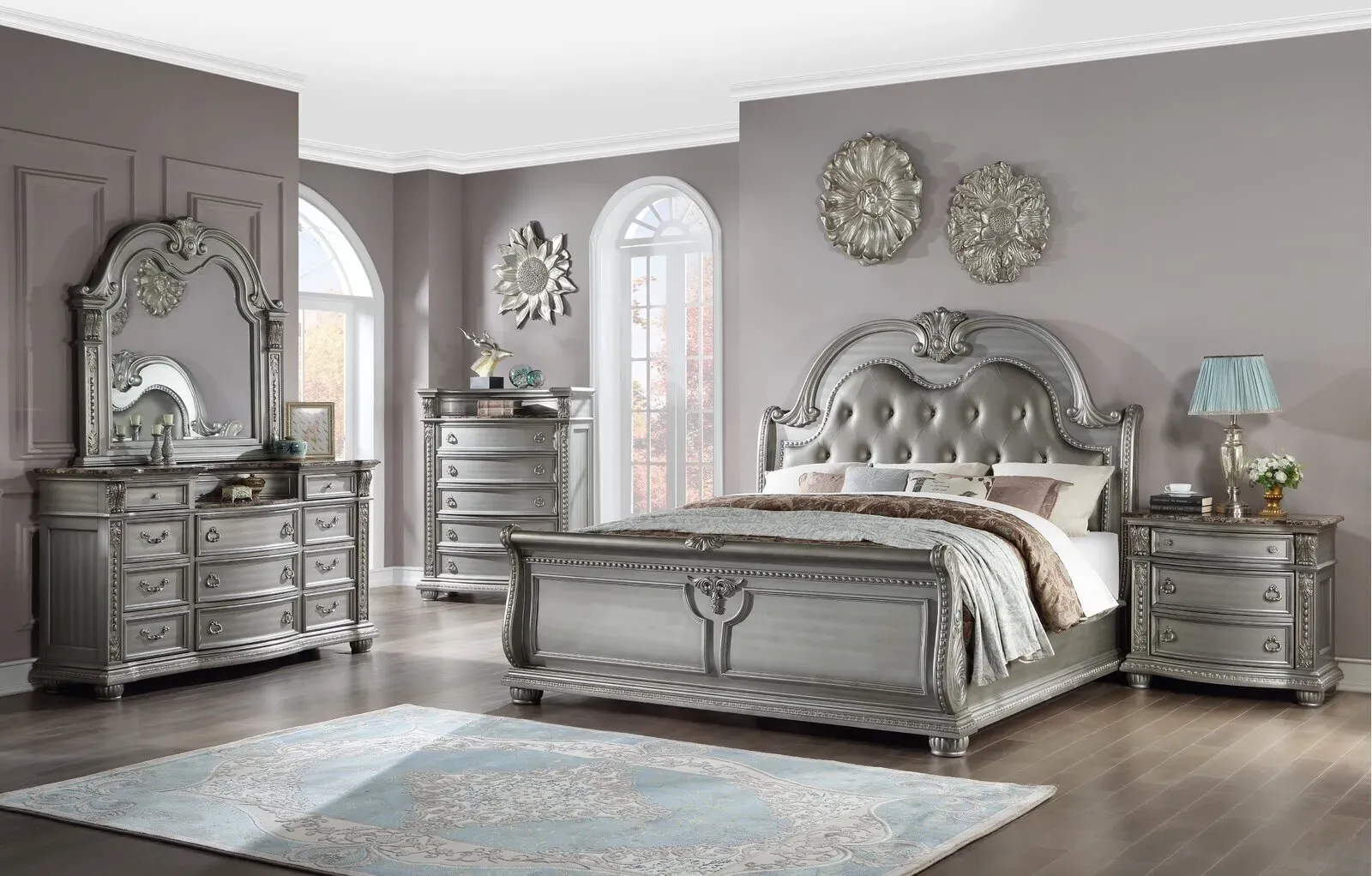
Spotting the Real Deal: Materials and Construction
So you're eyeing a piece, maybe a dresser or a bed frame, and the seller says it's Victorian. How do you know if it's genuinely from that era, roughly 1837 to 1901? Start by examining the materials. Authentic Victorian bedroom furniture was typically made from solid hardwoods like mahogany, walnut, oak, or rosewood. Veneers were used, yes, but usually thicker cuts than modern ones, and often applied over solid secondary woods like pine or poplar. Look at the joinery. Dovetail joints, often hand-cut or early machine-cut, were common, especially on drawers. Screws, if present, might be flat-headed and inconsistent, not the uniform Phillips head screws we see today.
Watch Out for Reproductions and Revivals
The thing is, Victorian styles were so popular that they've been heavily reproduced over the decades, especially in the late 20th century. Many pieces labeled "Victorian style" or "Victorian reproduction" mimic the look but lack the craftsmanship and materials of the originals. You'll find pieces made from particleboard or MDF with thin wood veneers or even laminate. Carvings might look shallow or machine-pressed rather than hand-detailed. Check the back and underside; often reproductions will have modern staples, screws, or even manufacturer stickers you wouldn't find on a true antique. A genuine piece will show signs of age, wear, and repair consistent with its history, not look suspiciously perfect or flimsy.
Feature | Authentic Victorian | Reproduction/Style |
|---|---|---|
Primary Wood | Solid Mahogany, Walnut, Oak, Rosewood | Softer woods, MDF, Particleboard |
Joinery | Hand-cut or Early Machine Dovetails, Mortise & Tenon | Modern Machine Dovetails, Screws, Staples |
Carvings | Deep, Detailed, Often Hand-Carved | Shallow, Machine-Pressed, Less Definition |
Hardware | Cast Brass, Porcelain, Often Patinated | Stamped Metal, Shiny Brass Plate |
Signs of Age | Patina, Wear, Imperfections, Old Repairs | Looks New or Artificially Distressed |
Understanding the Eras Within the Era
The Victorian period wasn't one static style. It evolved significantly over those 60-plus years, often mirroring architectural trends and technological advancements. Early Victorian (around 1840-1860), also known as the Romantic period, favored Gothic and Rococo revivals, characterized by elaborate carvings, dark woods, and scrolled forms. Mid-Victorian (1860-1880) saw the rise of the Renaissance Revival and Eastlake styles, which were slightly more geometric, angular, and sometimes incorporated inlaid wood or contrasting finishes. Late Victorian (1880-1900) embraced Aesthetic and Arts and Crafts influences, often featuring simpler lines, lighter woods, and less ornamentation, though ornate styles still persisted. Knowing these nuances helps you date a piece and appreciate its specific place in the history of victorian bedroom furniture.
Making Victorian Bedroom Furniture Work in Modern Homes
Making Victorian Bedroom Furniture Work in Modern Homes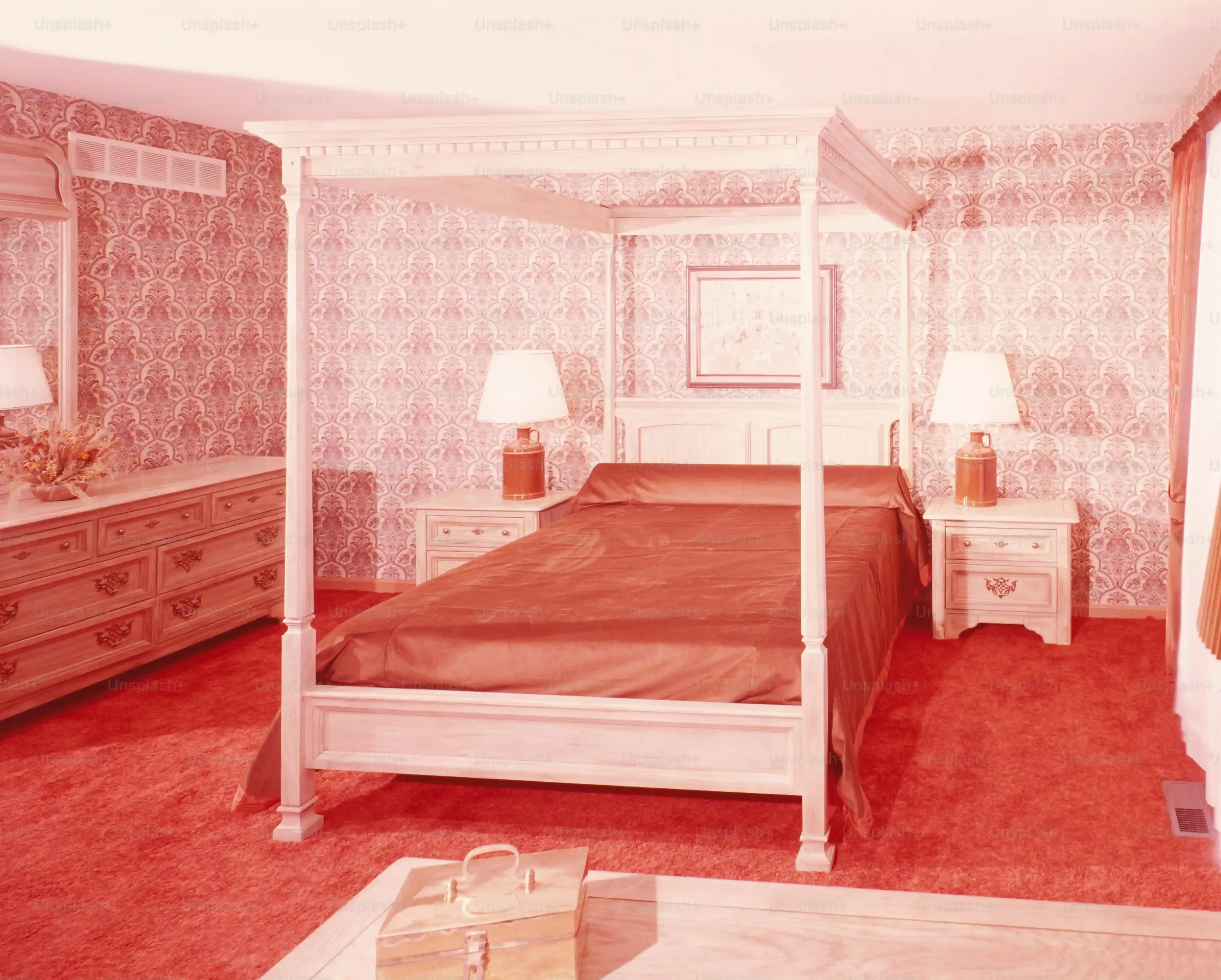
Mixing Eras Without Making a Mess
so you've found a gorgeous Victorian dresser, maybe a washstand, or even a smaller bed frame, and you're thinking, "How do I put this next to my sleek, modern side table without it looking like a yard sale?" The trick isn't to recreate a full Victorian set piece. That's where things get heavy, literally and figuratively. Instead, think of these pieces as statement art. A grand Victorian wardrobe placed against a clean, white wall can be stunning. It provides contrast and texture. Pairing a richly carved nightstand with a contemporary lamp and minimalist bedding works because the modern elements let the antique piece shine without competing.
It's about balance. Too many ornate pieces can overwhelm a space and make it feel cluttered and dark. One or two carefully chosen items, however, can add character, history, and a surprising touch of sophistication. Imagine a simple platform bed flanked by two elaborate Victorian bedside tables. The juxtaposition is interesting. It tells a story about mixing the past and the present in your personal space. Don't be afraid to let a beautiful piece of victorian bedroom furniture be the star, surrounded by quieter supporting players.
Lightening the Load and Updating the Look
Victorian furniture, while beautiful, can feel heavy. Dark woods, substantial forms, and dense ornamentation contribute to this. To make victorian bedroom furniture feel at home in a modern context, you often need to counteract that weight with lighter elements. Think about paint colors. Deep jewel tones were popular in the era, but pairing your antique with crisp whites, soft grays, or even light pastels on the walls can instantly lift the mood and make the furniture pop in a fresh way. Lighting is crucial too. Swap out dim, heavy lamps for brighter, perhaps more contemporary fixtures that illuminate the details without casting everything in shadow.
Consider the textiles. Heavy velvet and brocade were staples, but modern bedrooms often benefit from lighter fabrics like linen, cotton, or even silk. A beautiful Victorian bed frame can look entirely different with simple, solid-color bedding than it would with busy, patterned fabrics. Hardware can sometimes be updated, though purists might cringe. Swapping out worn pulls for something with a cleaner line, while keeping the original piece's integrity in mind, can modernize a dresser or cabinet. It’s about finding ways to respectfully integrate, not just plop down, these historical items.
- Mix one or two statement Victorian pieces with modern furniture.
- Use light paint colors and bright lighting to balance heavy furniture.
- Choose lighter, simpler textiles for bedding and drapes.
- Consider updating hardware carefully if it enhances the piece's function in a modern setting.
- Focus on contrast and juxtaposition to create visual interest.
Finding and Caring for Your Victorian Bedroom Furniture
Finding and Caring for Your Victorian Bedroom Furniture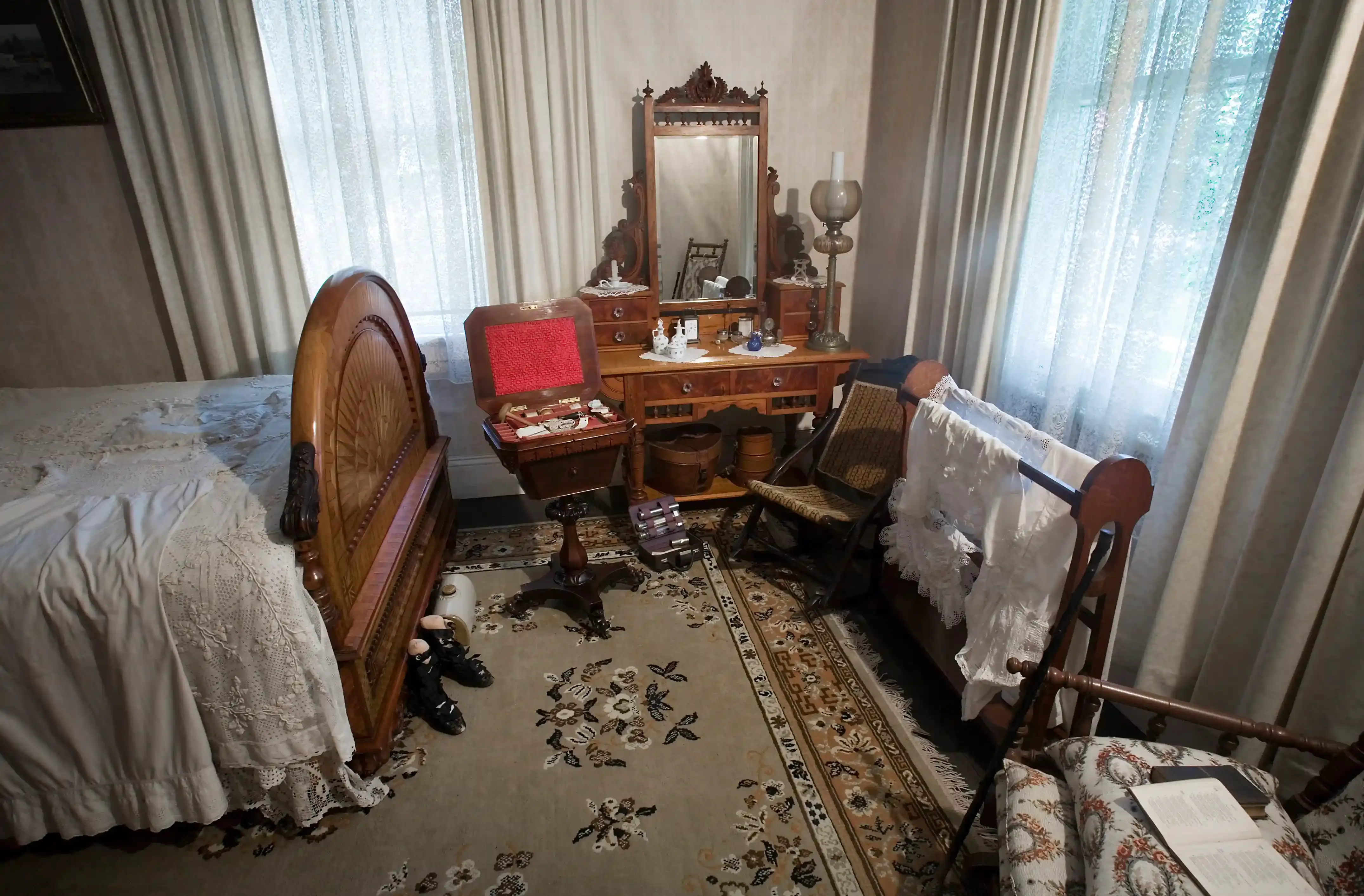
Where to Hunt for These Treasures
Alright, so you've decided a piece of victorian bedroom furniture is exactly what your space needs. Where do you actually find this stuff? Forget browsing mainstream furniture stores; you're heading into the world of antiques and second-hand finds. Antique shops are the obvious starting point, but prices can be high. Estate sales are fantastic because you're often buying directly from a home, and sometimes prices are more negotiable, especially later in the sale. Auctions, both in-person and online, can yield great finds, but you need to know what you're looking at and set a budget to avoid getting carried away in the bidding frenzy.
Don't overlook online marketplaces like eBay, Etsy, or specialized antique dealer websites. You can find pieces from all over, but shipping substantial furniture requires careful planning and budgeting. Local classifieds and Facebook Marketplace can also turn up gems, often from people just trying to clear out inherited items. The key is patience and persistence. Finding the *right* piece of victorian bedroom furniture takes time and often involves a bit of a treasure hunt.
Assessing Condition and Hidden Costs
So you spot a magnificent Victorian dresser. Before you whip out your wallet, give it a thorough inspection. Look for signs of woodworm (small holes), structural damage like wobbly legs or cracked frames, and veneer issues (peeling or missing sections). Check the drawers – do they slide smoothly? Are the runners intact? Original hardware is a plus, but is it all there and functional? Sometimes a piece looks good from a distance but needs significant repair or restoration, which can add considerable cost.
Factor in potential expenses beyond the purchase price. Refinishing a piece can be costly if you hire a professional, or time-consuming if you do it yourself. Repairs to joinery or veneer also add up. Don't assume a low price means a bargain; it might just mean it's a project piece needing serious work. Ask questions about the piece's history and any known repairs. A reputable dealer will be transparent about condition. If you're unsure, bring someone knowledgeable with you or ask for detailed photos if buying online.
Check Point | What to Look For | Potential Issue |
|---|---|---|
Wood Surface | Wormholes, scratches, dents, water rings | Structural damage, refinishing needed |
Joinery | Tightness of joints, intact dovetails | Wobbly structure, requires repair |
Drawers | Smooth sliding, intact runners | Sticking, broken runners, needs repair/adjustment |
Veneer | Peeling, bubbling, missing sections | Requires repair or replacement |
Hardware | Originality, completeness, functionality | Missing pieces, requires replacement or repair |
Basic Care to Keep Them Looking Grand
Once your victorian bedroom furniture is safely in your home, proper care is essential to preserve its beauty and longevity. Wood is sensitive to its environment. Avoid placing pieces in direct sunlight, which can fade the finish and dry out the wood, leading to cracks. Keep them away from direct heat sources like radiators or vents for the same reason. Stable temperature and humidity are key.
Dust regularly with a soft cloth. For cleaning, use a slightly damp cloth followed immediately by a dry one. Avoid harsh chemical cleaners or silicone-based polishes, which can build up over time and damage the original finish. Occasionally, a good quality paste wax specifically for antique furniture can help nourish the wood and protect the surface, but use it sparingly and buff well. If a piece has a shellac or varnish finish (common in the Victorian era), be mindful that alcohol and water can damage it. Spills should be wiped up immediately. Think of it as caring for a piece of history; a little consistent effort goes a long way in keeping your victorian bedroom furniture looking its best for generations to come.
Bringing Victorian Drama Home
So, you've weighed the options, perhaps pictured a massive wardrobe looming in your corner, or a carved bed frame that requires a step stool. Incorporating victorian bedroom furniture isn't a small decision; these pieces demand space and attention. But if you appreciate the heft of history and the undeniable presence these items bring, they offer a distinct alternative to flat-pack anonymity. It takes a careful eye to select pieces that complement, rather than overwhelm, a modern space, and a willingness to deal with the quirks of older construction. Ultimately, adding victorian bedroom furniture to your home is less about strict historical accuracy and more about curating a space that feels uniquely yours, one solid, well-made piece at a time.
